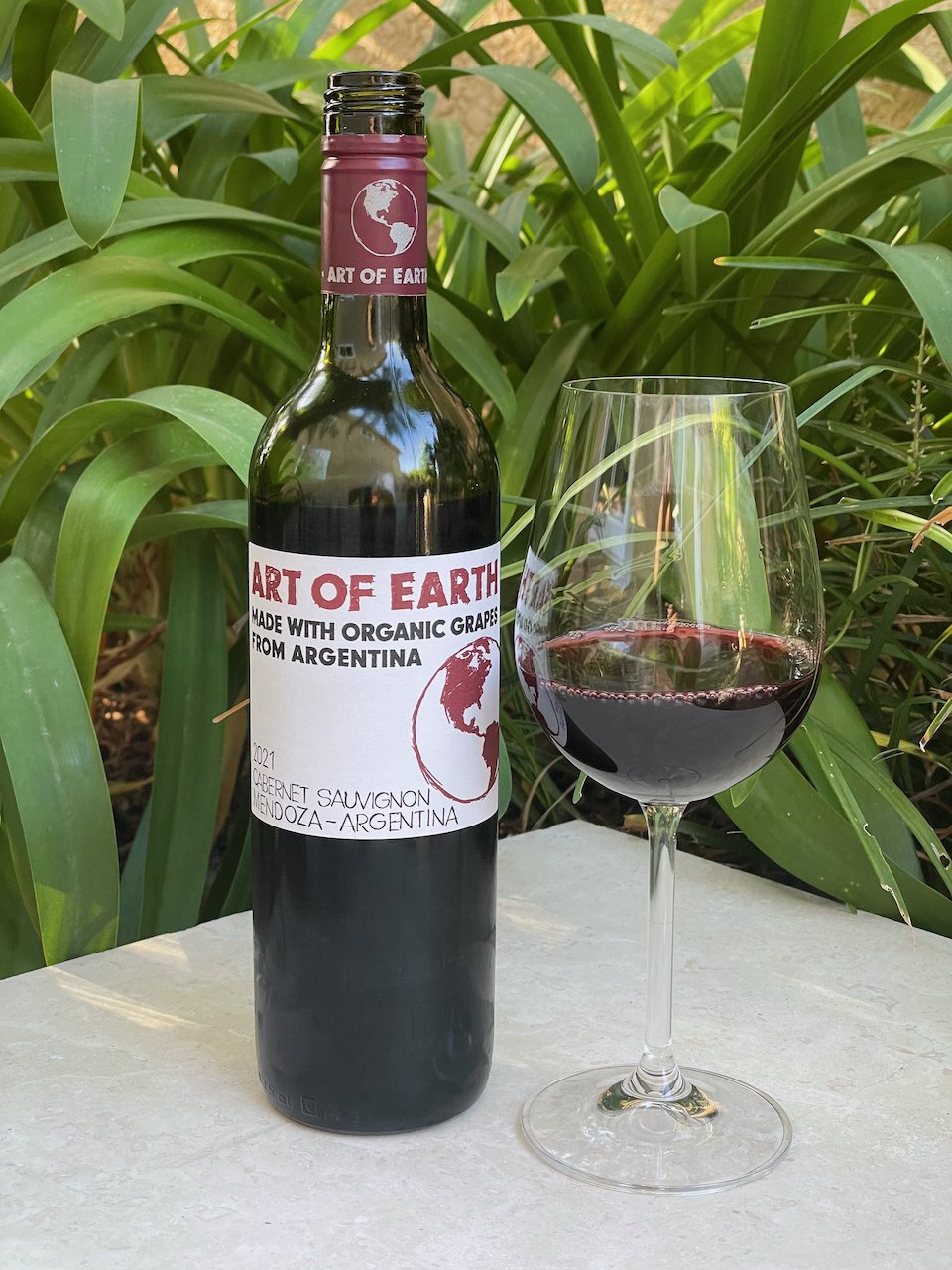Fun facts about Carménère
Here, courtesy of the Wines of Chile organization, are a few fun facts about Carménère:
Chile has the most Carménère under vine in the world, at 10,332 ha/25,530 acres in 2021. By comparison, France has just 80 ha/197 acres. DNA analyses carried out in New Zealand in 2006 showed that several vines planted as Cabernet Franc are in fact Carménère. It is also present in Veneto, Italy, plus a few vineyards in China.
Carménère is derived from the French carmin (crimson), due to the color the leaves turn in autumn. Other accepted names include Grande Vidure, Carmenelle, Cabernelle, Grant Carmenet, Carbouet and Cabernet Gernischt (which is only used in China).
A cross between Cabernet Franc and Gros Cabernet, it belongs to the group of pyrazine-rich varieties such as the aforementioned grapes, Cabernet Sauvignon and Merlot. This is what gives it its ashy, spicy, jalapeño-inflected character.
The sunny terroirs of Chile break down the pyrazines and bring out the fruity character of the variety when ripe. This character is generally to be found in Colchagua and Cachapoal. The style typically also displays good body, a velvety texture and high alcohol content.
The latest trend is to enhance the pyrazine-driven aspects of the grape’s character with less body and lower alcohol levels than previous versions.






